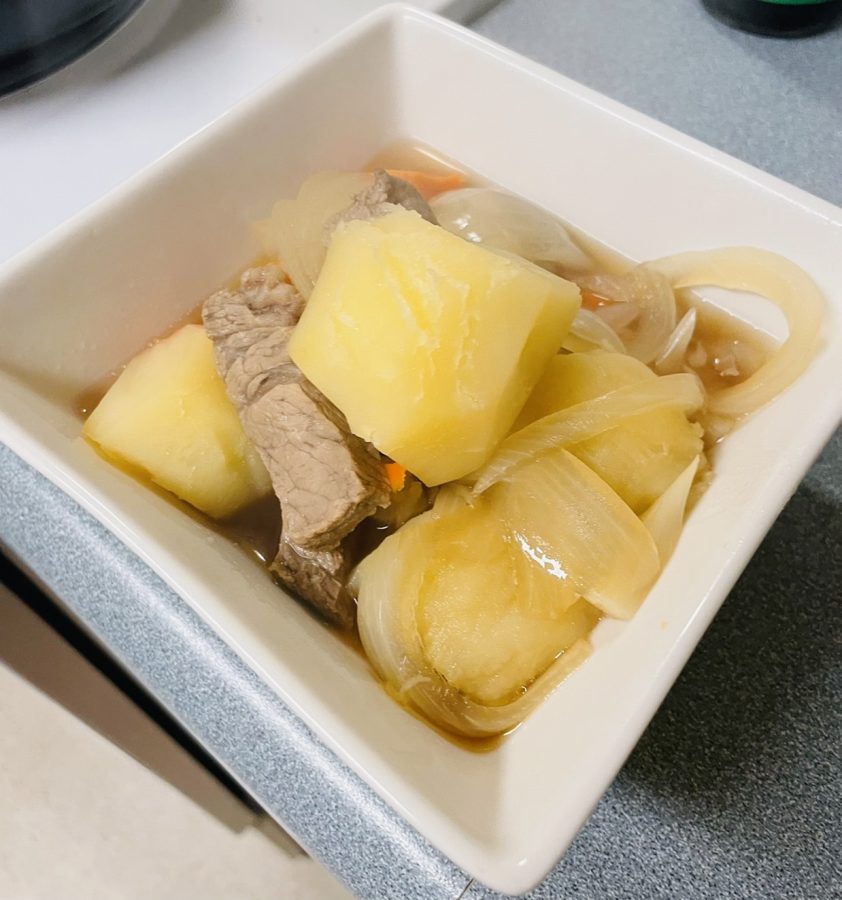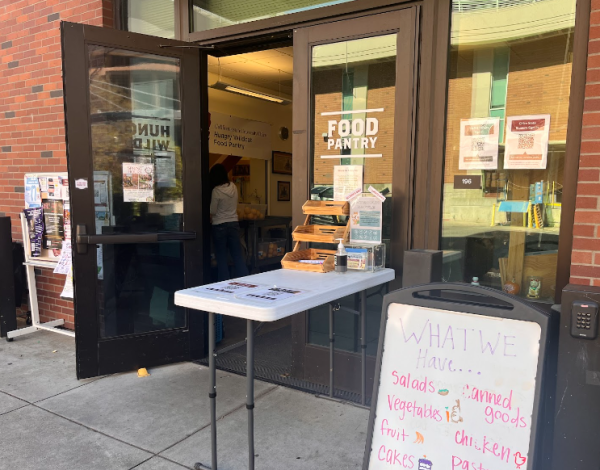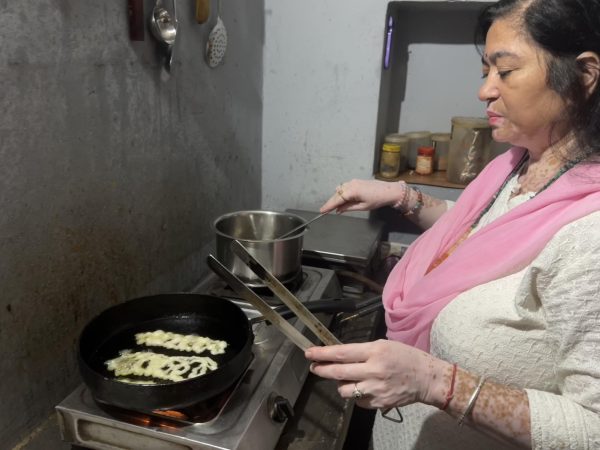Cooking Japanese cuisine: Nikujaga, or meat and potatoes stew
These days, healthy Japanese cuisines called “Washoku” are seeing a growth in popularity around the world. In this article, I will teach you how to cook “Nikujaga,” or meat and potatoes stew.
Nikujaga is a popular family cuisine in Japan. This cuisine is one of the most common dishes in my home country and is eaten throughout the year. Many people enjoy this traditional Japanese dish because it’s relatively quick.
The origin of Nikujaga is uncertain, but we have two hypotheses. According to the Food in Japan website, there’s a controversial question regarding the origin of the dish, ”Which is the original place, Kyoto prefecture or Hiroshima prefecture?”
This only leads to more questions, because Kyoto and Hiroshima have different stories about the origin of Nikujaga. However, in both stories there was one person who was involved in the birth of Nikujaga, Heihachiro Togo.
Togo was a famous, competent naval officer in Japanese history. Additionally, he was a Saitama domain scholar and he had traveled to Western Europe to study naval science when he was young. He developed a love for beef stew there and wanted to eat the same food in his home country. He brought it to Japan and since then the cuisine has developed a Japanese style, though it’s unknown whether it was intentional or not.
Later on, in the 1970s, Nikujaga became one of the most popular family cuisines in Japan. Now, many Japanese people enjoy cooking and eating Nikujaga as a traditional homemade meal.
I am one of the many who love cooking and eating Nikujaga. I have loved this dish ever since I can remember. I was fascinated by this cuisine because of the combinations of sweet Dashi soup and the original tastes of the ingredients.
Nikujaga is especially memorable for me, because I have eaten it on many important occasions. My parents cooked the cuisine for me on important dates such as my birthday and the day before I took the exam for university. I remember that the last Japanese food I ate before I came to the United States was Nikujaga my parents had cooked for me. Sometimes, I miss eating homemade Nikujaga.
One of the reasons why Nikujaga is popular among Japanese people is that this cuisine is highly nutritious. In fact, according to the Taste of Japan website, Nikujaga is so healthy because of the good balance between vegetables and protein. In addition, the Food in Japan website says that each ingredient has health benefits. For instance, it says that potatoes are rich in nutrients such as Vitamin C, potassium and folic acid. The nutrients contained in potatoes are effective in improving hypertension or preventing cancer. You can gain more nutrients than lower-nutrient products like fast-food.
Lastly, I will instruct how you can make Nikujaga. Although how Nikujaga is made and served depends on the family or restaurant’s recipe, I will share my own recipe with you.
Recipe for Nikujaga
Ingredients (Three servings)
- Three potatoes
- Two carrots
- One onion
- Beefs/Pork (Sliced) 250~300g
- Oil 1 Tbsp
- Water 4 Cups
- Soy sauce 4 Tbsp
- Mirin 2 Tbsp
- Sugars 2 Tbsp
Optional ingredients, difficult to get in the U.S.
- Cooking sake 2 Tbsp
- Dashi 2 Tbsp
- Shirataki noodles 100g
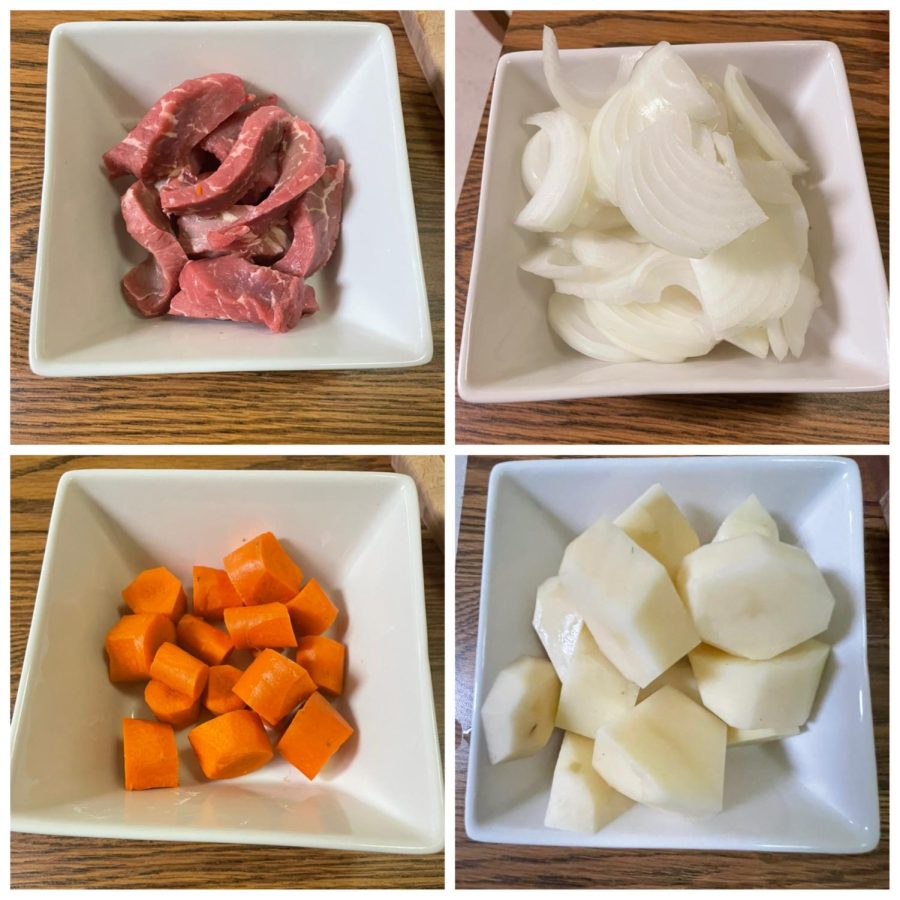
Directions
1. Peel potatoes, carrots and an onion
2. Cut the ingredients into bite-size pieces
3. Add one Tbsp of oil to a pan and cook beef or pork and the onion. Stir-fry them at medium heat for approximately two minutes.
4. When the meat turns brown, add other vegetables and Shirataki noodles if available. Stir-fry them for about two minutes.
5. Add water, sugar, Mirin, Soy sauce and Cooking Sake and Dashi if available
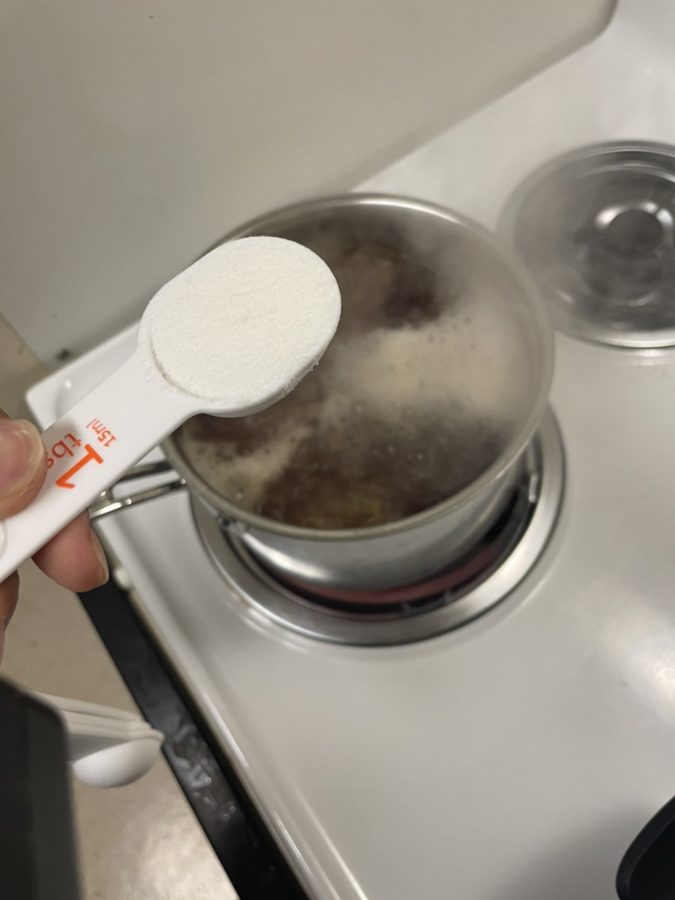
6. Cover and simmer for 20-30 minutes with a hot pot lid until potatoes & carrots soften.
7. Your Nikujaga is ready.
Hiroto Nakajima can be reached at [email protected] or @hiroto_nakajima_1120 on Instagram








